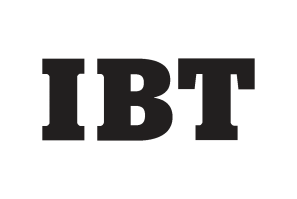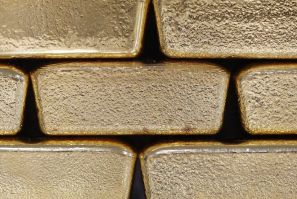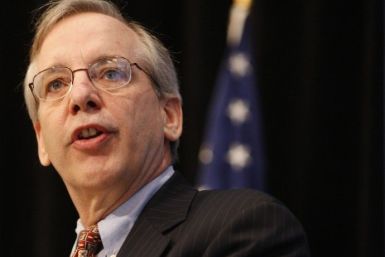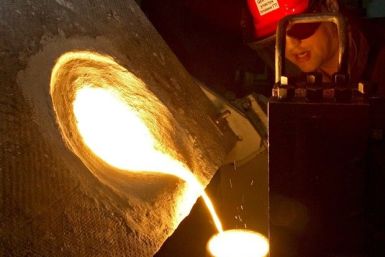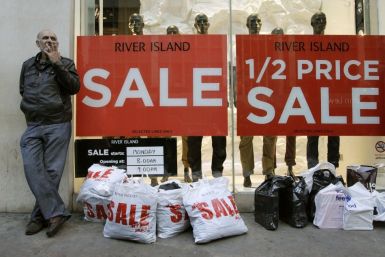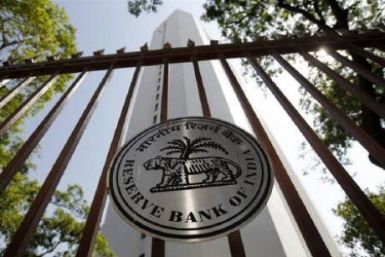The U.S. Federal Reserve has not yet decided whether to embark on a third round of quantitative easing, or QE3, though it remains an option, an influential Fed official said on Monday.
Gold edged up on Monday, aided in part by evidence of investor and central bank demand, after having posted its largest weekly fall last week in three months, although greater optimism in the markets over global growth could temper gains in the longer-run.
Gold steadied above two-month lows on Monday, following its largest weekly fall last week in three months, as evidence of investor and central bank demand in recent weeks helped offset the negative impact of a weaker euro.
The head of the Federal Reserve's New York branch said the U.S. economy isn't in the clear yet, but recent data have been a bit more upbeat, giving investors renewed hope of a fresh round of quantitative easing.
Having stagnated over the second half of last year, Brazil’s economy is looking to have risen by 0.5 to1.0 percent q/q in Q1. However growing macro imbalances coupled with increasing signs of strain in the nation’s consumption-led growth model are clouding the outlook according to Capital Economics.
China's economic policy priority is to maintain relatively fast growth, but Beijing cannot lower its guard against inflation risks, the head of the country's top planning agency, the National Development and Reform Commission, said on Sunday.
Consumer prices rose the most in 10 months in February as the cost of gasoline spiked, but there was little sign that underlying inflation pressures were building up.
Gold was largely unchanged on Friday, but posted its second-biggest weekly decline this year due to an early week drop after the FederalReserve withheld additional easing amid a string of encouraging U.S. economic data.
Consumers didn't get the escape velocity memo, the one that says economic and financial things are getting better and better. A Thomson Reuters/Univ. of Michigan survey released Friday found consumer sentiment down, especially on expectations for the next six months.
A leading survey of U.S. consumer confidence showed consumers were less optimistic in early March than they had been through most of 2012, as inflation worries put a damper on improving views of current wealth.
Consumer prices rose the most in 10 months in February as the cost of gasoline spiked, but there was little sign that underlying inflation pressures were building up.
Stocks were flat on Friday as data showed inflation remained in check last month as the domestic economy continues to improve, but consumer sentiment slipped.
Consumer prices rose by the most in 10 months in February as the cost of gasoline spiked, but there was little sign that underlying inflation pressures were building up.
Stocks were set for a modestly higher open on Friday as data showed inflation remained in check as the domestic economy continues to improve.
Consumer prices rose by the most in 10 months in February as the cost of gasoline spiked, but there was little sign that underlying inflation pressures were building up.
Following the Reserve Bank of India (RBI) leaving its repo rate unchanged at Thursday’s meeting and given that measures of activity have picked up recently and inflation is set to fall only gradually in the coming months, the forecast for rate cuts have been reduced to 100 basis points this year according to Capital Economics.
Economic growth showed signs of becoming more self-sustaining as the number of Americans claiming new jobless benefits fell back to a four-year low last week and manufacturing activity in the Northeast picked up this month.
U.S. economic growth showed signs of becoming more self-sustaining as the number of Americans claiming new jobless benefits fell back to a four-year low last week and manufacturing activity in the Northeast picked up this month.
The U.S. cost of living probably increased last month on higher gasoline prices, economists said before Friday's CPI report. But the Federal Open Market Committee said earlier this week that the surge in energy prices is temporary and inflation will stay below the Fed's 2 percent target in 2012.
Surging gasoline prices raised wholesale prices in February by 0.4 percent, less than economists expected but generally in line with the U.S. central bank's broader outlook for inflation, the Commerce Department said Thursday.
The U.S. economy is recovering pretty well and trying to juice it up by allowing a little extra inflation would be disastrous, Paul Volcker, the former Federal Reserve chairman known for successfully reining in double-digit inflation, said on Wednesday.
Import prices rose in February on sharply higher oil costs, but there were few other signs of imported inflation pressure and food prices posted their largest decline in three years.





